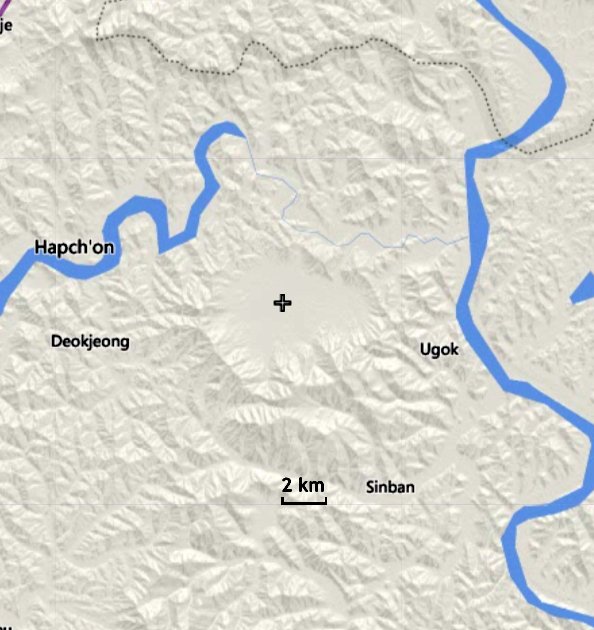- Choi S., Kim S.W., Choi E.K., Lee Y.Ch. (2021). Estimating the impact process of the Jeokjung-Chogye Basin in Korea from gravity field interpretation // Geophysical Journal International. - Vol. 228, No. 2. - P. 1457-1463.
- Lim J., Heng S.S., Han M., Yi S., Kim S.W. (2021). First finding of impact cratering in the Korean Pennsula // Gondwana Research 91:121.
- Lee J.Y., Shin S., Yoon H.H., Kim J.C., Choi Y., Nahm W.H., Kim H. (2023). The sedimentary records of the Hapecheon impact crater basin on Korea over the past 1.3 Ma // Frontiers in Earth Science 128:1; doi 10.3389/feart 2023.1102785
- Emmanuel H., Yu Ja., Wang L. et al. (2024). Classification of terrestrial impact craters based on morphometric parameters using remote sensing data: a case study of Jeokjung-Chogye impact crater, South Korea // Geosciences Journal. - Vol. 28, No. 3. - P. 395-407.
- Lim Ja., Park S., Jung A., Kim S.W. (2024). Post-impact lake environment changes in the Hapcheon impact crater, Korea // Episodes. - Vol. 47, No. 3. - P. 477-496.
- Lim Ja., Yi S., Park S. et al. (2025). Radiocarbon age anomalies in post-impact lake sediments of the Hapcheon impact crater, Korea and their implication for crater evolution // Quaternary Geochronology. - Vol. 86. - P. 101649.
Конусы разрушения и трещины в зернах кварца из пробуренного керна является первым достоверным доказательством ударного образования котловины (Lim et al., 2021).

Рельеф кратерa из Wikimapia.
На главную

